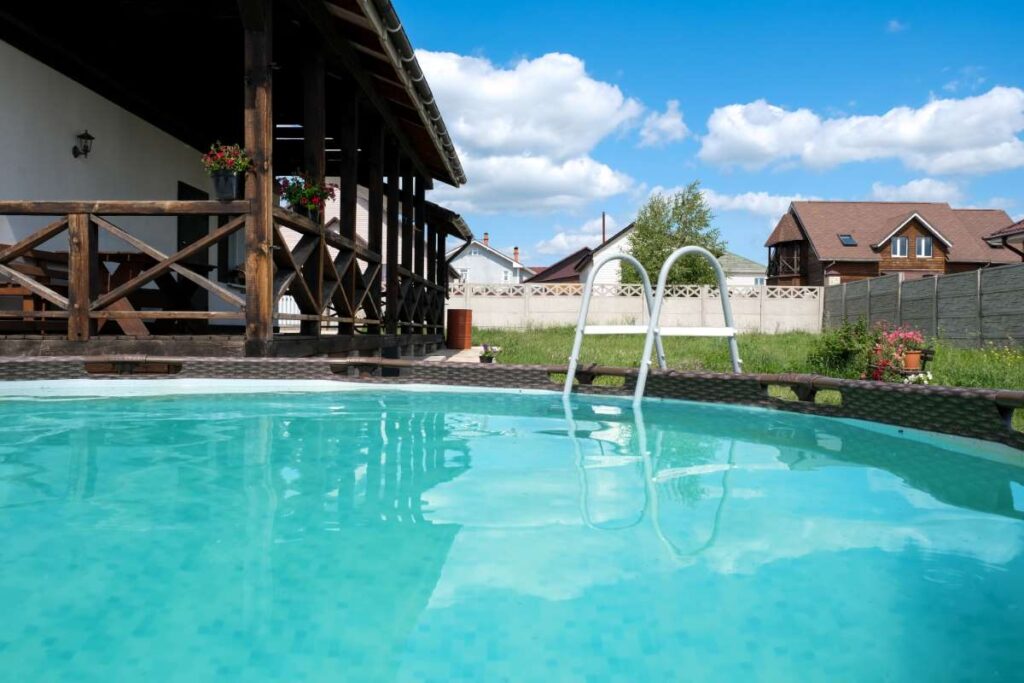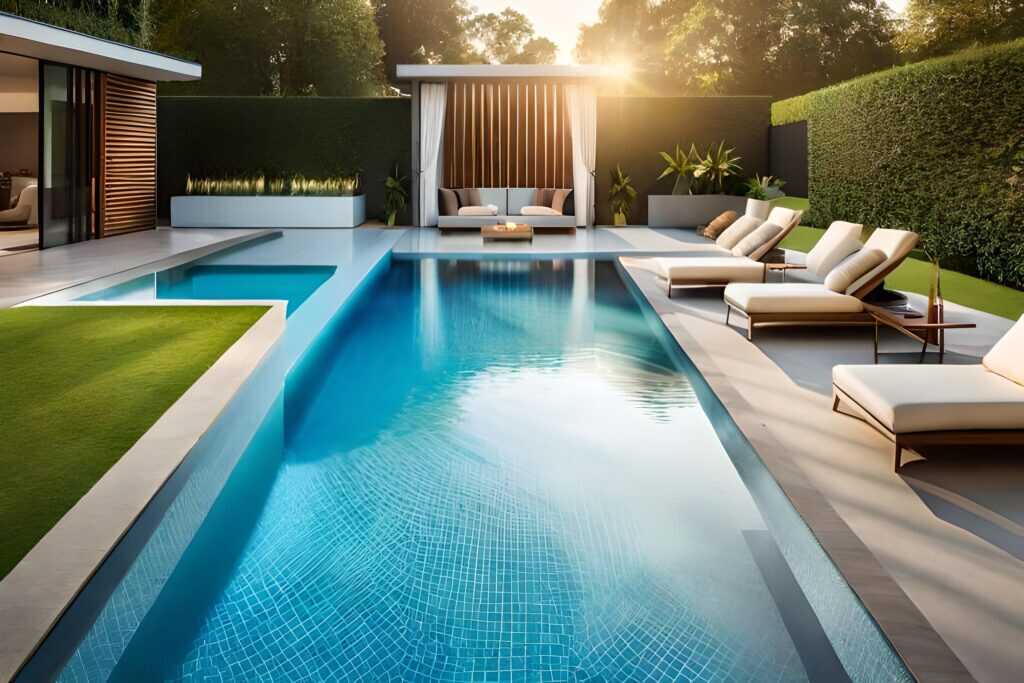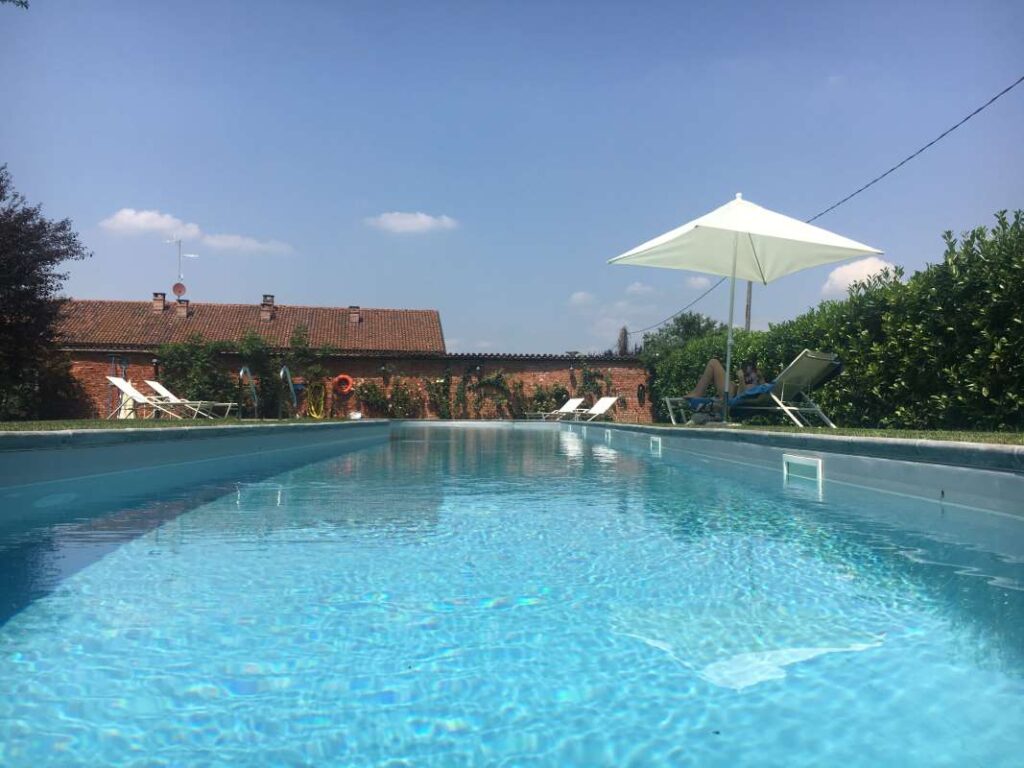Biophilic Design Trends in Modern Pool Areas
Explore the latest biophilic design trends in modern pool areas that seamlessly blend nature with luxury, creating serene and inviting spaces.
As we move further into the 21st century, the importance of blending nature with our built environments has never been more critical. Biophilic design—a concept that seeks to connect people with nature through architectural and environmental elements—has emerged as a trend in various sectors, including residential and commercial pool areas. This blog post will delve into the latest biophilic design trends in modern pool areas, exploring how outdoor and indoor elements combine to create tranquil spaces. We will discuss the significance of these trends, their practical applications, and how they contribute to overall well-being. From natural materials to innovative landscaping, let’s dive into the world of biophilic design.
Understanding Biophilic Design
– Biophilic design is rooted in the idea that humans have an innate connection to nature, which can significantly impact mental and physical health. – According to a report by the World Health Organization, exposure to natural elements can reduce stress and promote well-being, making biophilic design increasingly relevant in today’s fast-paced world.- Elements of biophilic design can include natural light, water features, vegetation, and materials that evoke nature, creating an environment that nurtures relaxation and rejuvenation.An example of this can be seen in modern pool areas that incorporate water features—like waterfalls or streams—that not only enhance aesthetic appeal but also provide soothing sounds that help mask urban noise. These elements create a sensory experience that promotes a sense of peace and tranquility.
Natural Materials and Textures
– One of the most prominent trends in biophilic design for pool areas is the use of natural materials and textures. – Designers are increasingly opting for materials like stone, wood, and plant-based composites that reflect the surrounding environment and resonate with natural aesthetics.For instance, using locally sourced stone for pool coping and decking can create a seamless transition between the pool area and the landscape. This approach not only enhances the visual appeal but also supports local economies and reduces carbon footprints associated with transportation.- In addition to stone, incorporating wood elements—such as decking, pergolas, and furniture—adds warmth and texture to a pool area. Natural wood finishes help evoke a sense of the outdoors and maintain a cohesive design aesthetic.Utilizing materials like reclaimed wood not only supports sustainability but also adds character and history to the space. This trend in pool design encourages homeowners to consider environmental impact while enhancing their outdoor living areas.
Integrating Landscaping with Pool Design
– The integration of landscaping with pool design is another key aspect of biophilic design. – Thoughtfully planned vegetation can enhance the visual appeal of pool areas while providing essential shade and cooling effects.For example, incorporating native plants around the pool not only beautifies the space but also promotes biodiversity, supporting local wildlife. Plants such as ornamental grasses, succulents, and flowering shrubs can soften hardscape elements and create a tranquil oasis.- Furthermore, strategic placement of trees can provide shade during hot summer months, making the pool area more enjoyable. From palm trees to flowering varieties, the choice of vegetation can dramatically transform the atmosphere of any pool area.- Vertical gardens or green walls are also gaining popularity, adding a lush backdrop that enhances privacy while improving air quality. These living walls can be designed to include edible plants, blending aesthetics with functionality.By harmonizing landscaping elements with pool design, homeowners can create immersive environments that encourage outdoor living and relaxation.
Water Features as Focal Points
– Water features are not only functional elements in pool design but are also essential components of biophilic design. – The sound of flowing water is calming, and visually appealing features such as fountains, ponds, or spillways can serve as focal points that draw attention and encourage exploration.For instance, integrating a natural pond adjacent to the pool can attract wildlife while providing a habitat for aquatic plants. This setup creates a vibrant ecosystem that enhances the overall landscape.- In addition, infinity pools that blend seamlessly into the horizon offer breathtaking views of surrounding landscapes while creating the illusion of endless water. This type of design encourages a connection with natural scenery and allows for breathtaking sunsets to be enjoyed from the poolside.- The strategic placement of lighting around water features can create enchanting nighttime atmospheres, making the pool area a perfect spot for evening gatherings or relaxation.By incorporating water features, designers can create sensory experiences that promote relaxation and enjoyment in pool areas.
Creating Indoor-Outdoor Connections
– In modern design, the lines between indoor and outdoor spaces are increasingly blurred. – Biophilic design encourages creating seamless transitions between indoor living areas and pool spaces, enhancing the overall experience.Large sliding glass doors or bi-fold windows can open up to the pool area, allowing natural light to flood the interior while making it easy to enjoy the outdoors. This design creates a sense of spaciousness and fosters a connection with nature.- Additionally, using similar materials and color palettes both inside and outside can unify the space and create a harmonious flow. For example, using the same tile for indoor bathrooms and outdoor pool decks can visually link both areas.- Incorporating outdoor living spaces, such as lounges, kitchens, or dining areas, encourages usage of the pool area for various activities, fostering a lifestyle that embraces nature.By enhancing indoor-outdoor connections, homeowners can create versatile spaces that promote a sense of tranquility and enjoyment.
Lighting Design for Ambience
– Proper lighting is crucial in biophilic design, as it significantly influences the mood and functionality of pool areas. – Designers are becoming increasingly creative with lighting solutions that enhance the beauty of the landscape while ensuring safety.Soft, warm LED lights can be strategically placed around the pool, highlighting features such as plants, walkways, and water elements. These lights create inviting atmospheres that encourage evening use of the pool area.- In addition to ambient lighting, task lighting can be incorporated for functional spaces such as outdoor kitchens or bar areas, ensuring safety without compromising aesthetic appeal.- The use of color-changing lights within the pool itself can also create dramatic effects, setting the mood for gatherings or providing a calming effect during nighttime swims.By thoughtfully designing lighting around the pool area, homeowners can create enchanting environments that enhance enjoyment and relaxation, extending the usability of the space into the evening.
Sustainability in Pool Design
– Sustainability is an essential component of modern biophilic design. – Pool areas can incorporate sustainable practices to minimize environmental impact while fostering a connection to nature.For instance, utilizing energy-efficient pumps and heaters can significantly reduce energy consumption while optimizing pool functionality. Additionally, implementing rainwater harvesting systems can provide a sustainable water source for pool maintenance and landscaping irrigation.- The use of eco-friendly materials, such as recycled glass tiles or permeable pavers, can enhance the environmental performance of pool areas while maintaining design integrity.- Incorporating solar panels to power lighting and heating systems can further enhance sustainability, making pool areas both environmentally friendly and cost-effective in the long run.By embracing sustainability, homeowners can create pool areas that not only serve their recreational needs but also contribute positively to the environment.
Conclusion
In conclusion, biophilic design trends are transforming modern pool areas into serene and inviting spaces that enhance the connection between humans and nature. By integrating natural materials, innovative landscaping, and water features, designers create environments that promote well-being and relaxation. As sustainability becomes a crucial aspect of design, incorporating eco-friendly practices ensures that pool areas remain functional and environmentally responsible.As you consider upgrading or designing your pool area, think about how these biophilic elements can enhance your outdoor space. Embracing nature in your pool design not only benefits your enjoyment but also contributes to your overall health and happiness. Whether it’s through natural materials, thoughtful landscaping, or sustainable practices, biophilic design offers endless possibilities for creating the perfect pool oasis. For more insights on how to incorporate these trends into your pool area, consider exploring various
pool routes for sale in your region that can help you take your pool area to the next level.



